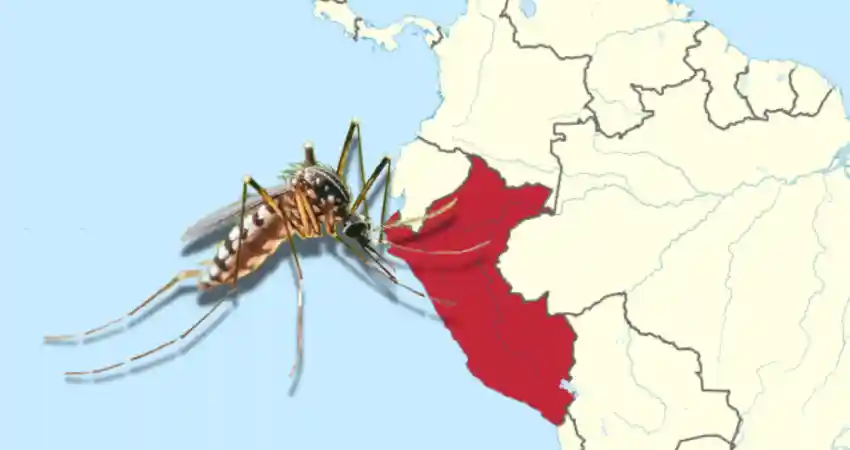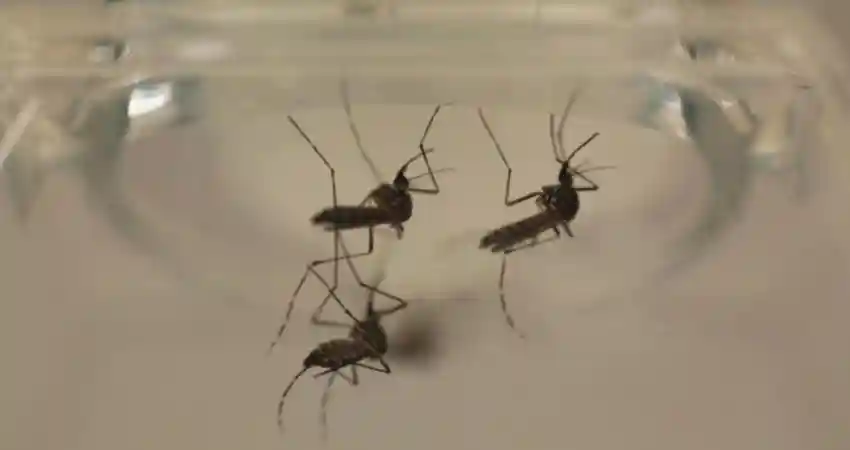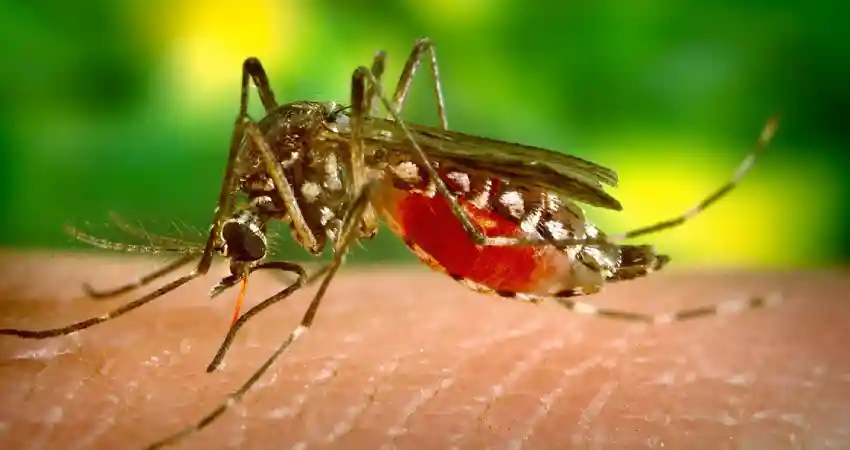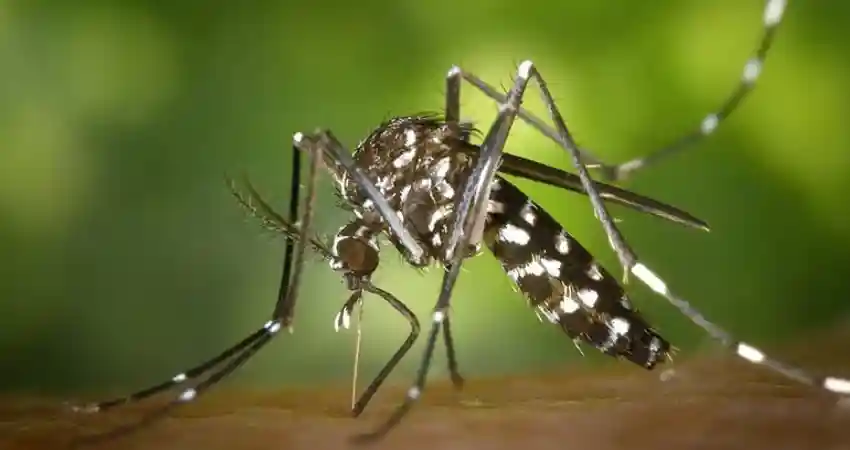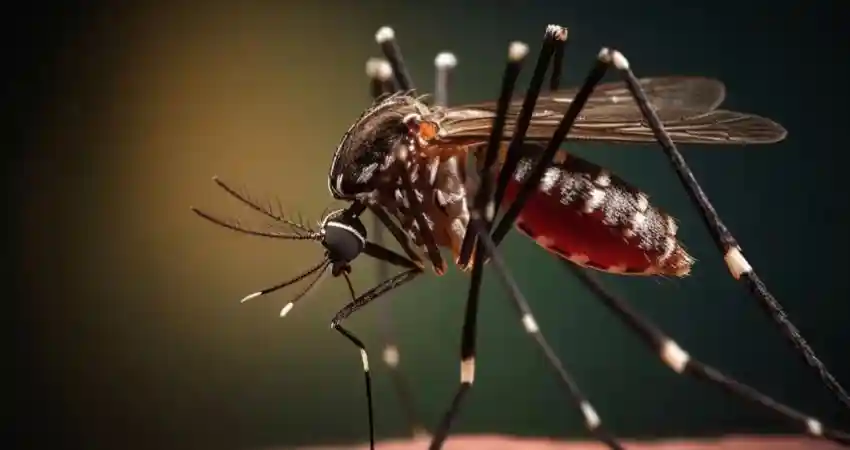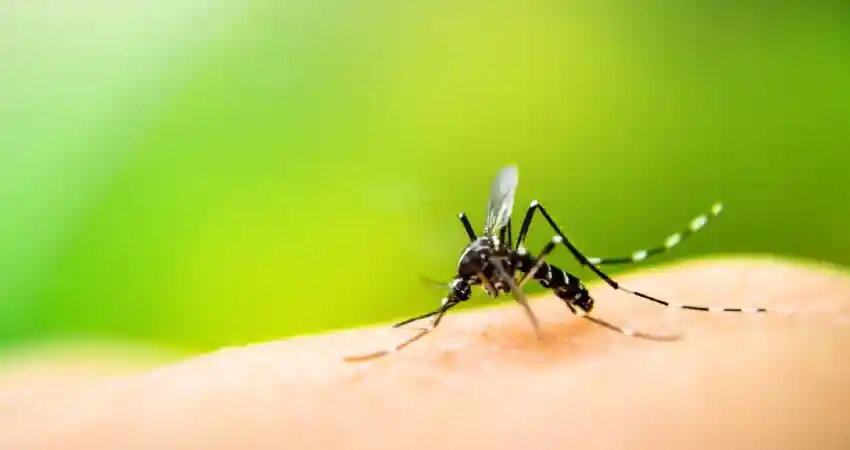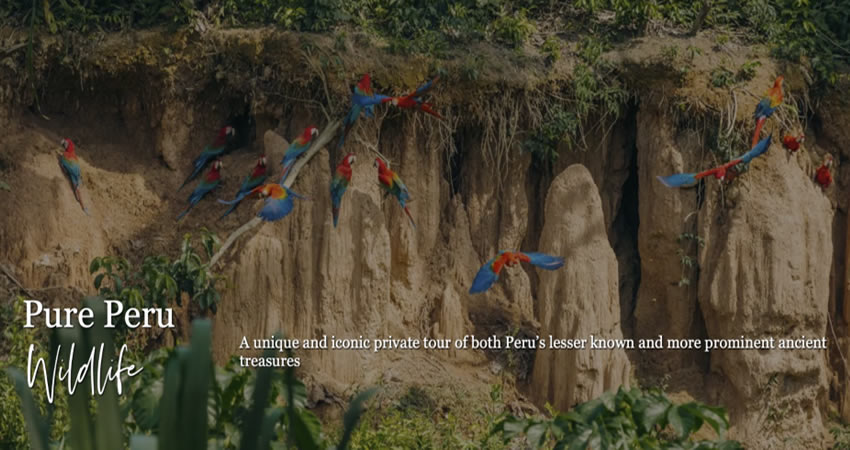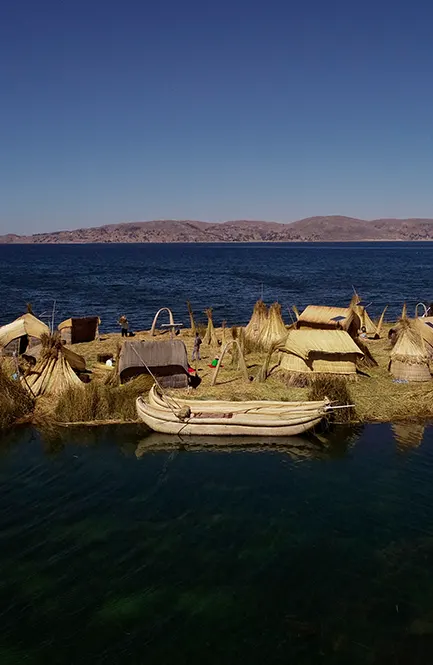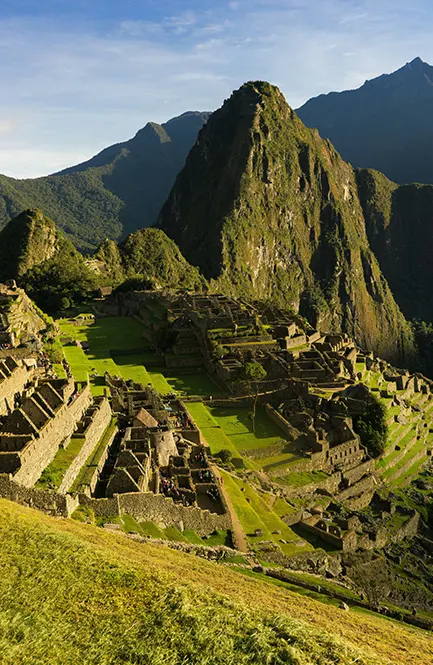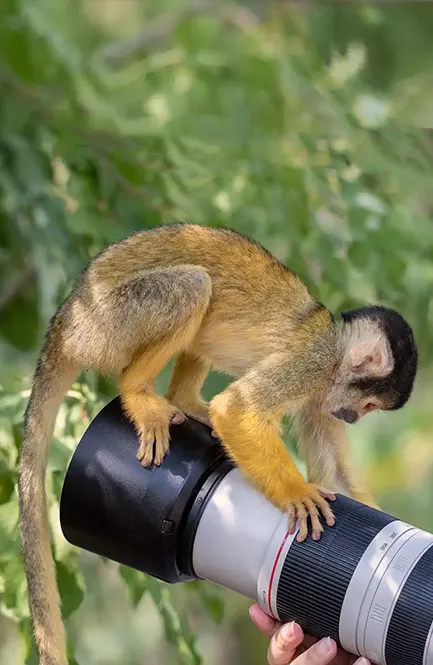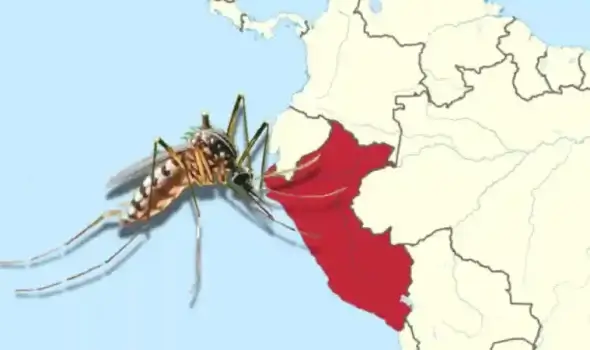1.- WHY MOSQUITOES ARE A CONCERN IN PERU
Mosquitoes in Peru have been catalogued as a serious problem because they are directly related to public health and also because they are insects that can quickly spread infectious diseases and their presence is mainly focused in tropical and tropical areas that are typical of the jungle region since it is an environment that has humid conditions and enough heat which contributes to their reproduction. In this way every year hundreds of people are directly affected by viruses or parasites that are detected in the Mosquitoes in Peru as carriers, in this way the Mosquito bites in Peru have been considered as a risk and concern at national level. Of course the addition of other negative factors have increased the presence of Mosquitoes in Peru to become a major concern such as climate change, deforestation and lack of basic services or health in remote communities.
2.- Transmitted diseases
2.1.- Dengue
This is the most common disease transmitted by the Aedes Aegypti mosquito. Outbreaks occur frequently at least in the jungle region and on the coast during the rainy season. Usually the symptoms of this disease are high fever, muscle pain, rash and when aggravated it can even cause hemorrhage. To date there is no apparent cure for this disease, and due to the presence of heat, humidity and other climatic factors its spread is rapid making it one of the greatest threats.
2.2.- Malaria
This disease is transmitted by the Anopheles mosquito and is a parasitic disease that can mainly be felt or affect jungle populations. However, during the last decades the cases have decreased considerably since many populations do not have direct access to health care, so if this case occurs, the result can be fatal. Among the symptoms of this disease it is common to see chills, fever, excessive sweating and general malaise. As in this region the percentage of mosquitoes in Peru is higher, if not treated in time it can be fatal.
2.3.- Zika
This virus is popularly known for being one of the main diseases transmitted by Mosquitoes in Peru, mainly by the Aedes Aegypti type. Mainly its symptoms are mild and even asymptomatic, however it is this very thing that worries since it becomes a great risk for pregnant women causing congenital malformations. It is one of the most recent diseases that have appeared in regions such as the jungle where there are tropical environments.
2.4.- Chikungunya
This disease is characterized mainly by symptoms such as fever and joint pains which generally last for weeks and can easily extend up to months, the disease is transmitted mainly by the Aedes Aegypti mosquito, which is the most common as it can be located in many parts of Peru, fortunately this is one of the diseases that have fewer cases of fatal complication however it has a great impact on the quality of life of people and within the health system so it is always appropriate to attend it in time.
2.5.- Yellow fever
Undoubtedly for travelers looking to visit the jungle part of the country, this is an extremely serious viral disease that is transmitted by Mosquitoes in Peru that are mainly found in the jungle region of Peru. Fortunately there is a vaccine that is effective to prevent it and it is one of the requirements that is suggested to know if you intend to visit the Peruvian jungle, of course there are also sporadic outbreaks that are a great threat at least for areas where the presence of vaccines is minimal. This disease causes symptoms such as fever, jaundice, internal hemorrhages and if it gets worse, it can cause complications that lead to death.
3.- REGIONS MOST AFFECTED BY MOSQUITOES
It is important to know that mosquitoes are not distributed in a percentage manner in different parts of the country, in fact the presence of these insects varies mainly by climate, altitude and environmental conditions that create ideal environments where their reproduction is much higher. This mainly occurs in areas of high temperature and humidity as is the case of the jungle region and some parts of the coast where mosquitoes are the presence of diseases.
3.1.- Amazon Rainforest
There is no doubt that this is the region that is most affected by mosquitoes because in many of the cities or towns such as Iquitos, Manu or the Tambopata Reserve it creates a tropical climate where abundant rainfall and high temperatures create an environment of proliferation where unique insects such as Aedes Aegypti and Anopheles have found a special breeding habitat. Naturally having a high concentration of mosquitoes these places are the main centers of focus for malaria, Zika, yellow fever and chikungunya. Another vital aspect of this is undoubtedly that due to its remote location it complicates aspects such as immediate medical attention in the event of an emergency, making it even more serious.
3.2.- Coastal Areas
The coastal region is also affected by the presence of mosquitoes mainly due to the presence of humidity due to its proximity to the Pacific Ocean. Cities such as Piura and Tumbes alone are the main places that face diseases caused by the presence of mosquitoes, at least during the rainy season, since the combination of heat produced by the El Niño phenomenon, humidity and stagnant water helps in the reproduction of Aedes Aegypti, which is why the presence of Dengue is higher here.
3.3.- Andean Region
In the Andean region of Peru mosquitoes do not represent a big problem because due to the altitude at which it is located, the temperature becomes colder and extreme so that mosquito breeding is almost zero, this geographical factor of altitude is a natural barrier to the survival of mosquitoes. However, there are some places that are the exception, such as the low altitude inter-Andean valleys or borders with the jungle region, as is the case of the VRAEM, but their sanitary risk is minimal.
| “Lose your cell phone connection and find a connection with nature.» |
4.- WHEN MOSQUITOES ARE MOST ACTIVE IN PERU
The presence of mosquitoes varies throughout the year, as it is mainly related to climatic factors such as temperature, humidity and of course attitude. During the rainy season is like to see that the percentage of mosquitoes is implemented in addition to what this season is the ideal time for reproduction, of course depending on the geographical region the percentage of its population varies making the highest concentration is in the Peruvian jungle and nearby areas like the coast.
The rainy season is considered as the time of the year in which due to climatic factors creates habitats and ideal environments for mosquito activity, this occurs between November and April each year and is the time where you can see stagnant water accumulated in various spaces such as containers, vegetation or puddles that creates an ideal place for the reduction of the best known species such as Aedes Aegypti and Anopheles Darlingi. It is for this reason that in cities such as Iquitos or Pucallpa, you can experience a really high population of mosquitoes so the risk of contracting diseases such as dengue malaria increases. To this also adds the temperature and altitude that are very important factors to delimit the presence of mosquitoes, in warm and low regions is more likely to have activity throughout the year and just temperatures vary around 24 °C which can directly accelerate the cycle of reflection however in areas with lines due in height and lower temperature their activity is much lower and even in existing.
5.- HOW TO PROTECT YOURSELF FROM MOSQUITOES IN PERU
Due to the high presence of mosquitoes that exist in various areas of the country it is important to take precautions in search of avoiding bites either during the day or at night, of course these measures vary depending on the environment and place where you are, however it is based on the proper use of clothing, useful repellents and protection when resting.
To begin with, the clothes you choose are vital to protect yourself directly from mosquitoes, the most important thing is to wear long sleeves and long pants as well as high socks at least in tropical climate zones and during the night. This is the time when mosquitoes are most active, on the other hand have consideration to use light shades such as white or beige as mosquitoes tend to have a stronger attraction for dark tones, finally use light fabrics but containing high density such as cotton or polyester that will protect you from bites.
For that you can also consider clothing treated with permethrin, this is a safe insecticide for human use however it is completely lethal to insects, which garments already exist and can be purchased or you can add it in spray form directly, for those looking to visit the central cell and enjoy outdoor adventures or excursions it is certainly an incredible physical protection against mosquitoes.
5.1.- Best Mosquito Repellents
- The main mosquito repellents are those that contain active ingredients such as DEET in a minimum concentration of 20%, this is the most tested and has a longer duration, making it ideal for areas with high concentration of mosquitoes that are listed as risk centers.
- Picaridin or icaridin is another perfect choice as it has been identified as a less irritating repellent to the human body, so people with sensitive skin can use it without risk.
- Also recommended is the popular oil of lemon eucalyptus, this is the most natural of all as it contains natural elements, however its effectiveness is more moderate and with less duration.
6.- CURIOUS FACTS ABOUT MOSQUITOES
“Something particular about the Mosquitoes in Peru is that only the females of their species are the ones that feed on blood, so they must bite people and animals to get protein and develop eggs. Males, on the other hand, can subsist on nectar and natural juices.”
7.- FAQs ABOUT MOSQUITOES IN PERU
- Do I need to take malaria pills for a trip to Machu Picchu?
It is neither obligatory nor necessary. The world wonder is located within the Andean region so the altitude is a natural barrier to the presence of mosquitoes that are considered as transmitters of malaria.
- Are there mosquitoes in Lima?
Yes, however their presence is quite limited and in a very low percentage they are considered a health risk. In general, they are not considered as carriers of Dengue or Malaria due to the dry climate in the city.
- How bad are mosquitoes in the Amazon region of Peru?
If they are considered dangerous, because the Amazon mosquitoes can carry multiple diseases such as Malaria, Dengue, Zika, Chikungunya and of course yellow fever, this region is the one with the highest percentage of mosquito activity.
- Is Yellow Fever vaccination required for entry into Peru?
It is only considered mandatory when you have in mind to visit the jungle region since this disease has its greatest presence in this region, it is recommended that the vaccine is administered at least 10 days before the trip. However, in areas such as the coast or the Andes it is not necessary or even mandatory.
Knowing the security details allows your trip to be unique and special, but this is complemented with proper planning. Auri Peru is one of the few companies that can organize a customized trip for you prioritizing your safety from the beginning, contact us now and live the best adventure of your life.
“Collect memories, not things.”



